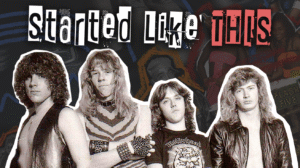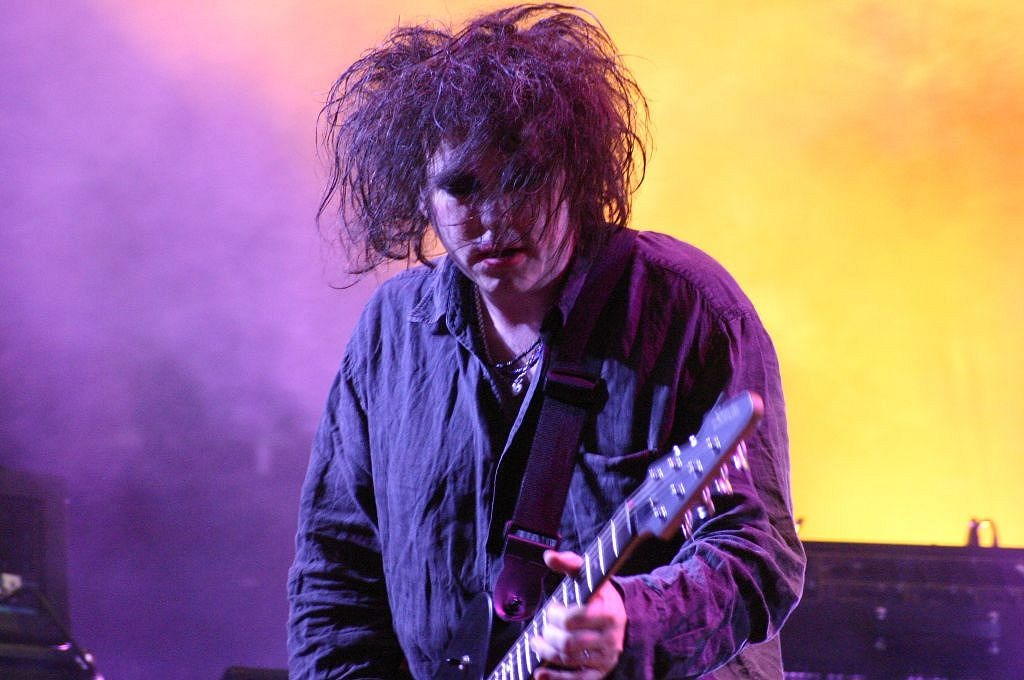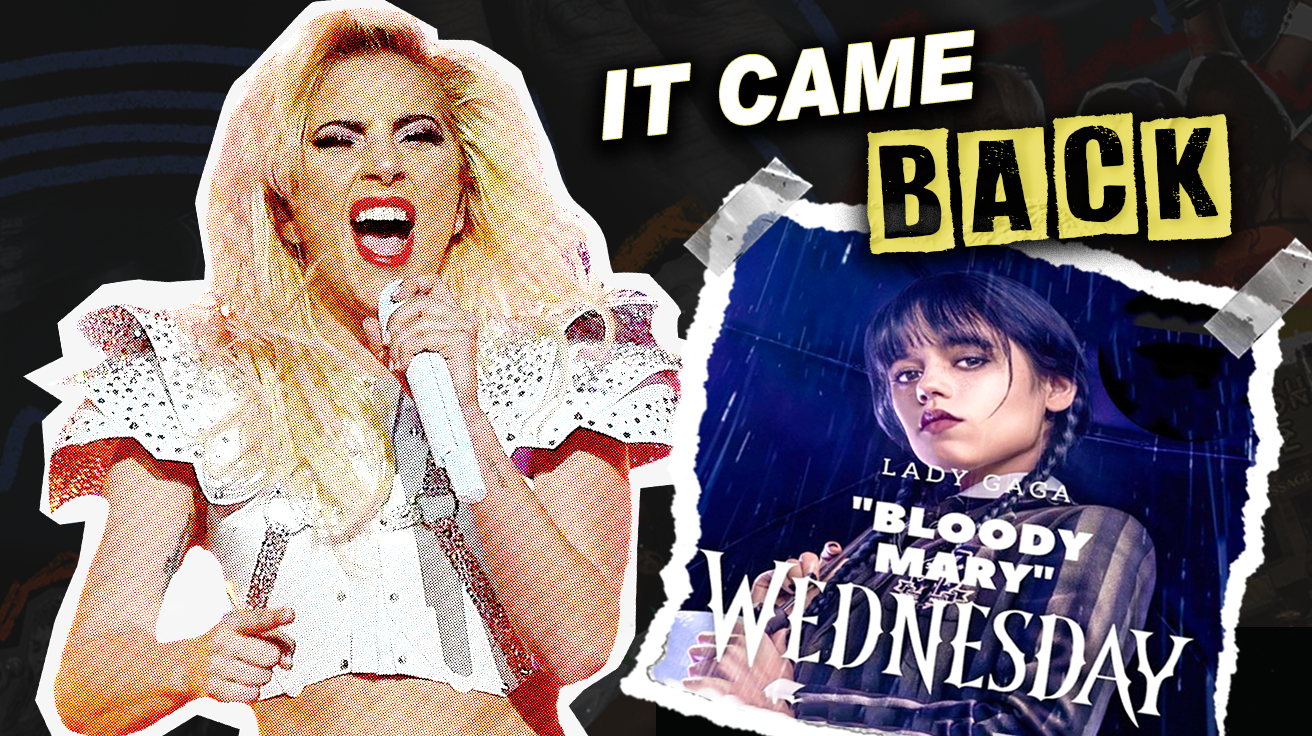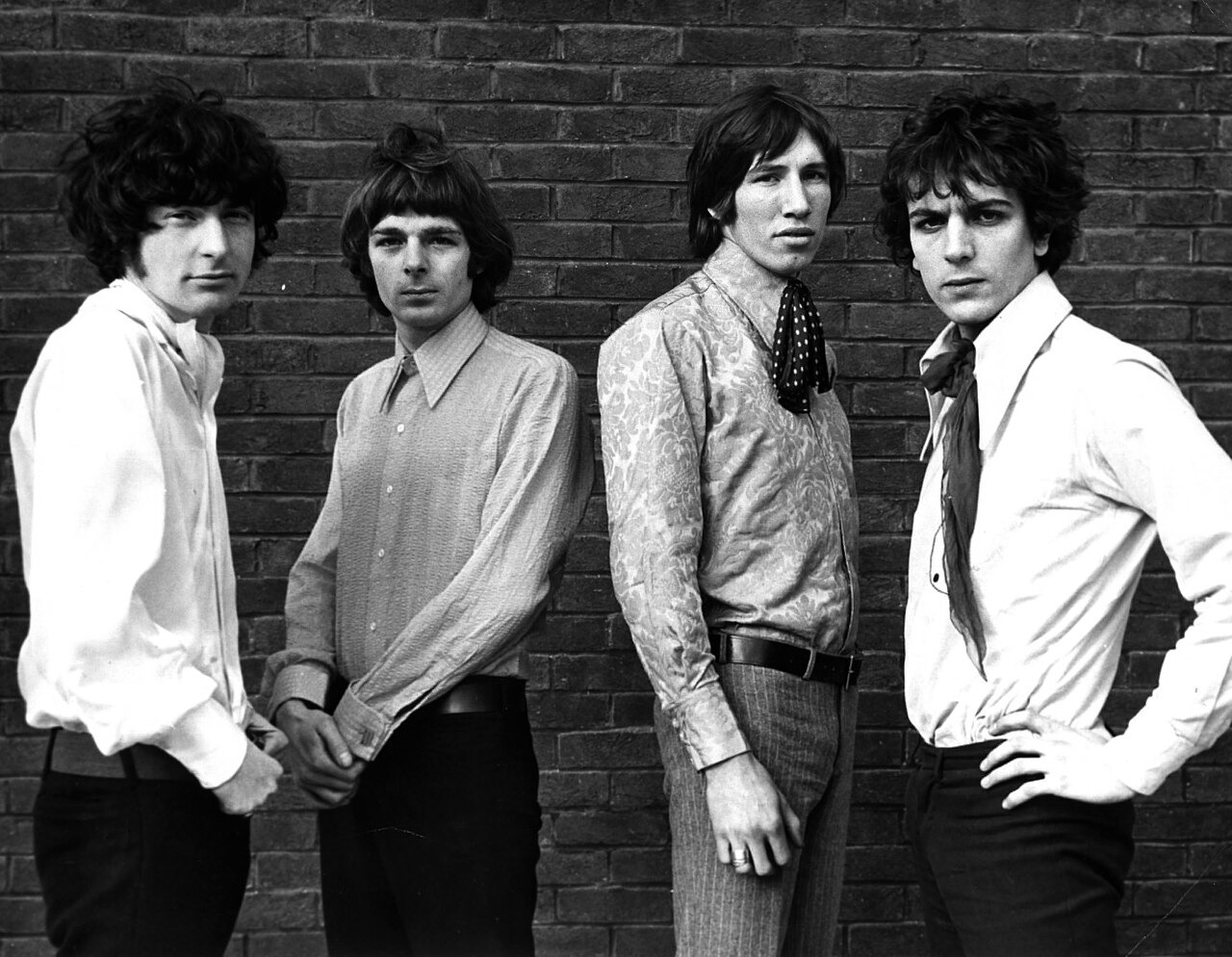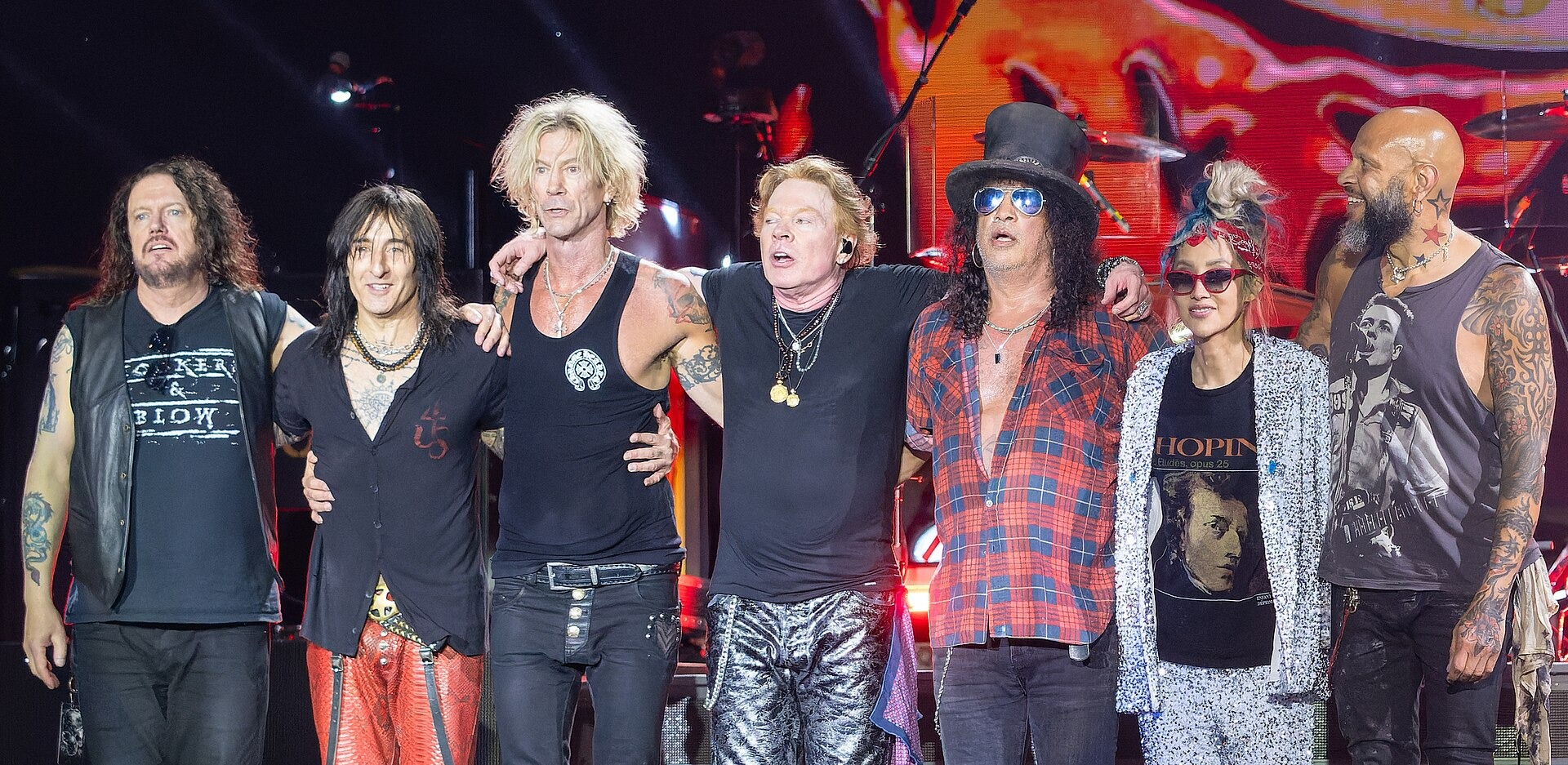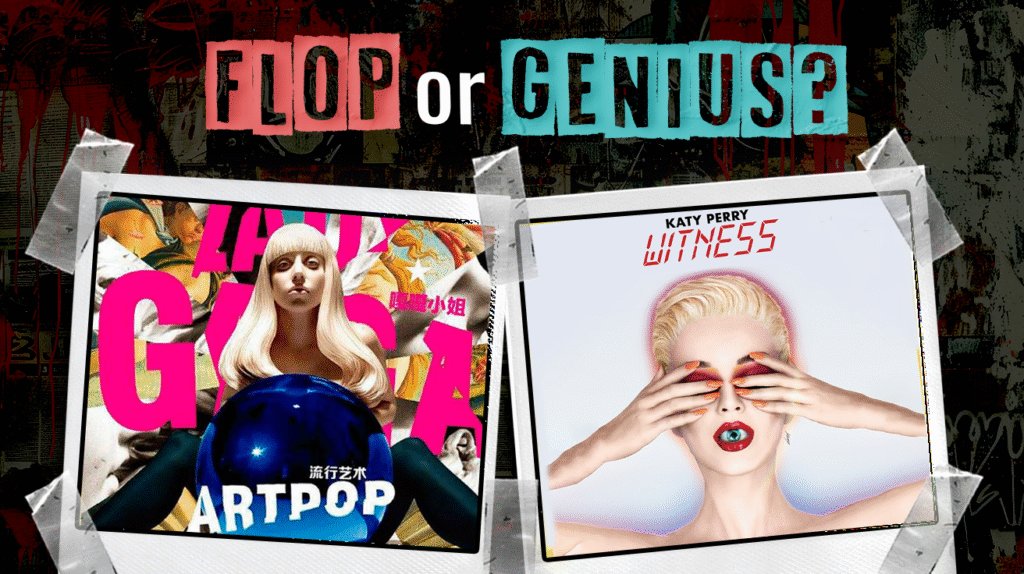
True musical revolution doesn’t announce itself with fanfare. It sneaks in through your headphones at 2 AM, completely rewiring your understanding of what music can be. These ten albums obliterated them entirely, creating new sonic territories that initially confused listeners but eventually became the foundation for everything that followed. Each one represents a moment when an artist decided comfort zones were overrated and launched themselves into uncharted musical space. It’s often hidden in the grooves of iconic album reviews that have shaped pop culture’s evolution.
9. Vespertine by Bjork (2001)
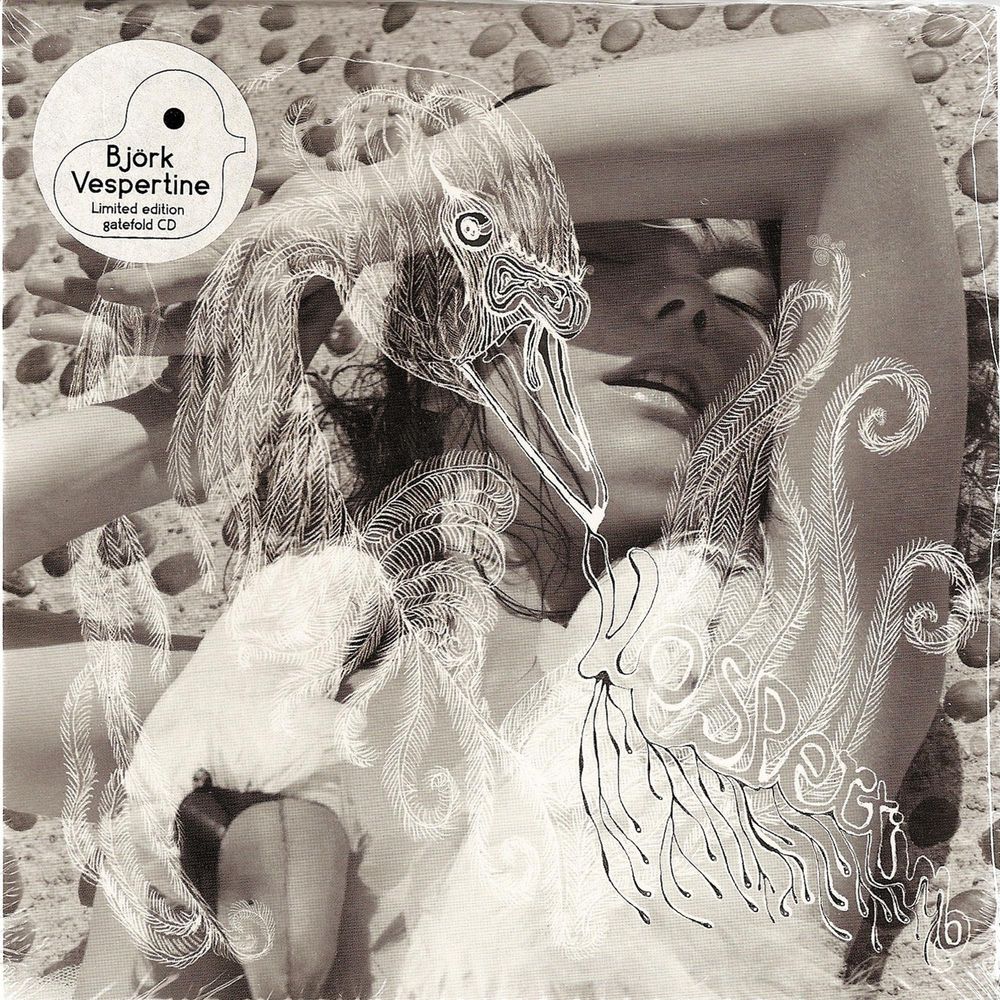
In 2001, while pop radio blasted the maximalist productions of The Neptunes and Timbaland, Björk created an album that felt like being shrink-wrapped in a snow globe. Vespertine crafted an intimate sonic world using microbeats, harps, and hushed vocals that merged electronic and acoustic elements into something utterly unique.
Rather than aiming for the dancefloor, Björk created headphone music that felt like ASMR decades before that term entered the lexicon—music that whispered directly into your neural pathways. The Wire magazine called it “electronic music’s most intimate achievement,” and its influence can be heard in contemporary artists like FKA twigs and Fever Ray. Critics have noted that Björk’s Vespertine influence can be traced in the work of contemporary avant-pop artists, thanks to its pioneering use of microbeats and intimate soundscapes that redefined electronic music’s emotional range. Vespertine crafted an intimate sonic world using microbeats and harps, a feat that continues to influence electronic music news and trends in the industry.
8. Witness by Katy Perry (2017)
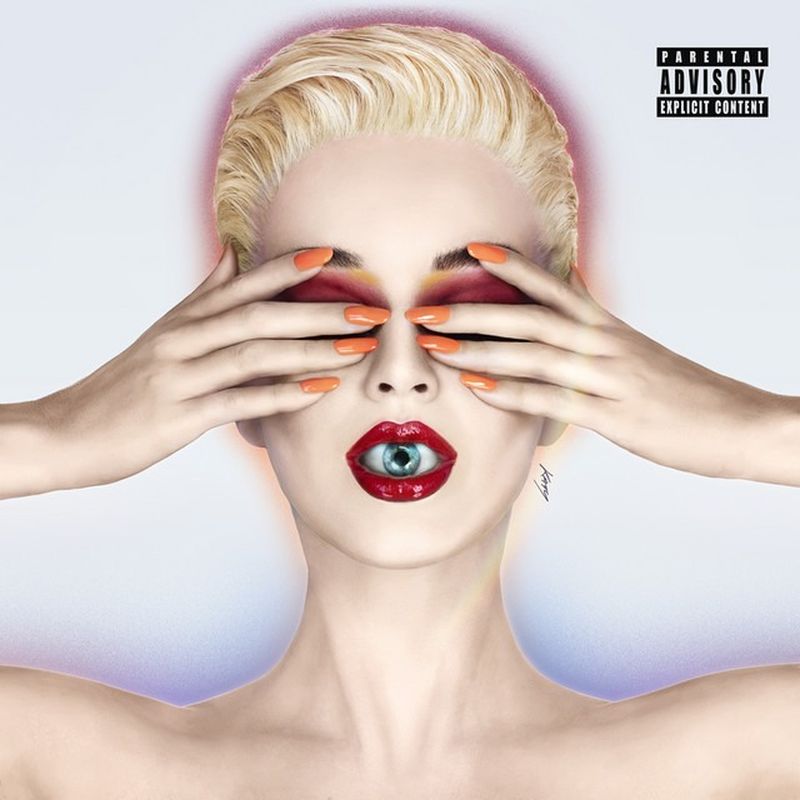
When Perry embraced synth-driven electronic music with house influences on Witness, it represented a dramatic departure from the candy-colored pop that made her famous. Songs like “Chained to the Rhythm” showcased this new direction—more sophisticated production and themes that aimed for something beyond pure escapism.
The album created distinctive sonic textures that expanded Perry’s artistic palette, even as it confused fans expecting more “California Gurls.” Witness peaked at number one but had Perry’s lowest first-week sales at 180,000 copies. However, The Guardian’s retrospective noted its “sophisticated electronic production” inspired mainstream artists to embrace more experimental sounds, from Taylor Swift’s reputation to Ariana Grande’s electronic-influenced later work.
8. Bionic by Christina Aguilera (2010)
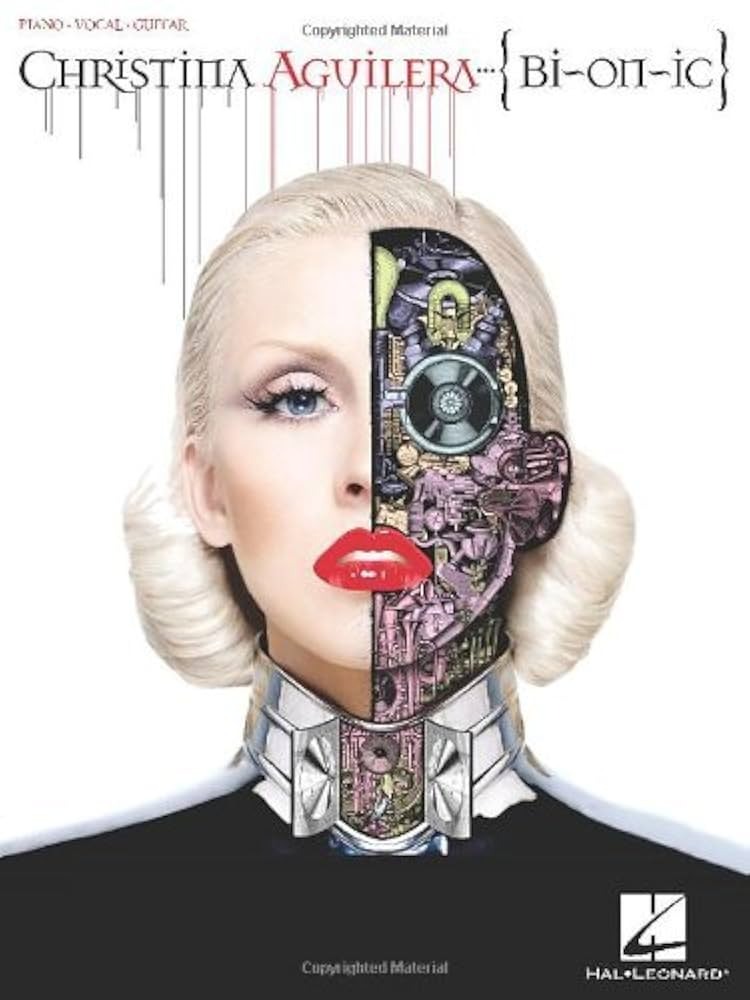
Released in 2010, Bionic featured forward-thinking production that critics and audiences simply weren’t ready for. The album explored electropop and club sounds while addressing themes of female empowerment through unconventional song structures that challenged pop norms.
Aguilera collaborated with artists like Peaches, Le Tigre, and M.I.A.—partnerships that seemed bizarre at the time but prophetic in retrospect. The album peaked at number three but marked Aguilera’s lowest-selling studio album, moving only 110,000 copies in its first week. Variety’s 2020 reassessment called it “a visionary statement that predicted electronic music’s dominance,” citing its influence on artists like Grimes and SOPHIE. Aguilera’s collaborations and futuristic soundscapes on Bionic were shaped by cutting-edge production tools—discover more in our music gear reviews.
7. Pop 2 by Charli XCX (2017)
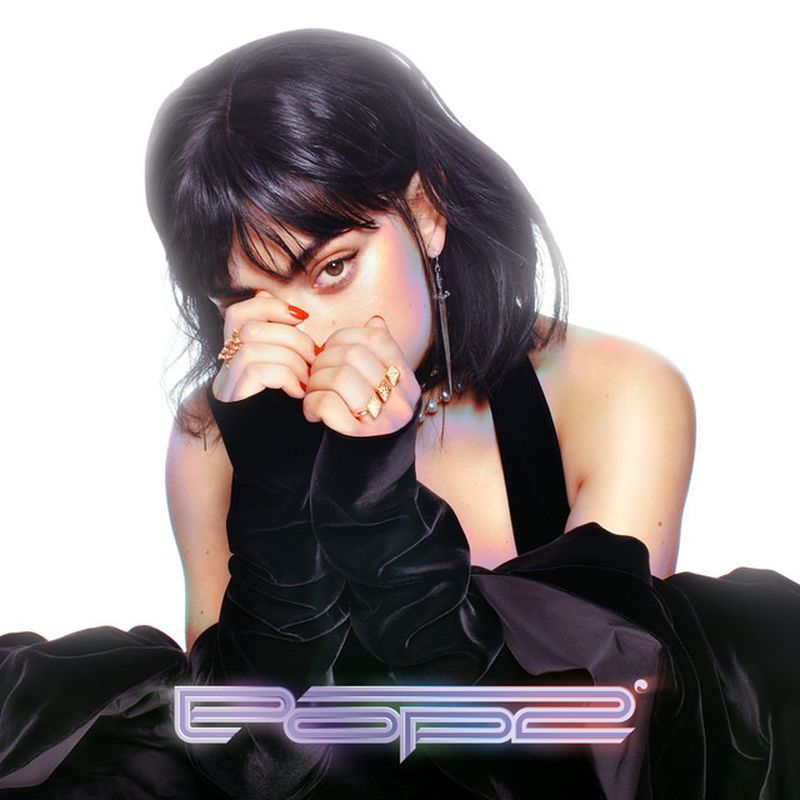
When Pop 2 arrived in 2017, it felt like someone had hacked the pop music mainframe. Charli XCX collaborated with producer SOPHIE to create something that sounded like pop music from ten years in the future—distorted vocals, glitchy soundscapes, and song structures that fractured and reassembled like digital hallucinations. Pop 2 served as a blueprint for hyperpop, blurring the lines between pop, electronic, and experimental music in ways that have since defined a new generation of artists.
Tracks like “Unlock It” exemplified this forward-thinking approach, taking conventional pop elements and warping them into something thrillingly unfamiliar. The album received universal critical acclaim from Pitchfork (9.0/10) and The Guardian, who called it “the future of pop music.” Pop 2 didn’t just predict the hyperpop movement—it essentially created it, providing the blueprint for artists like 100 gecs and dorian electra.
6. ARTPOP by Lady Gaga (2013)
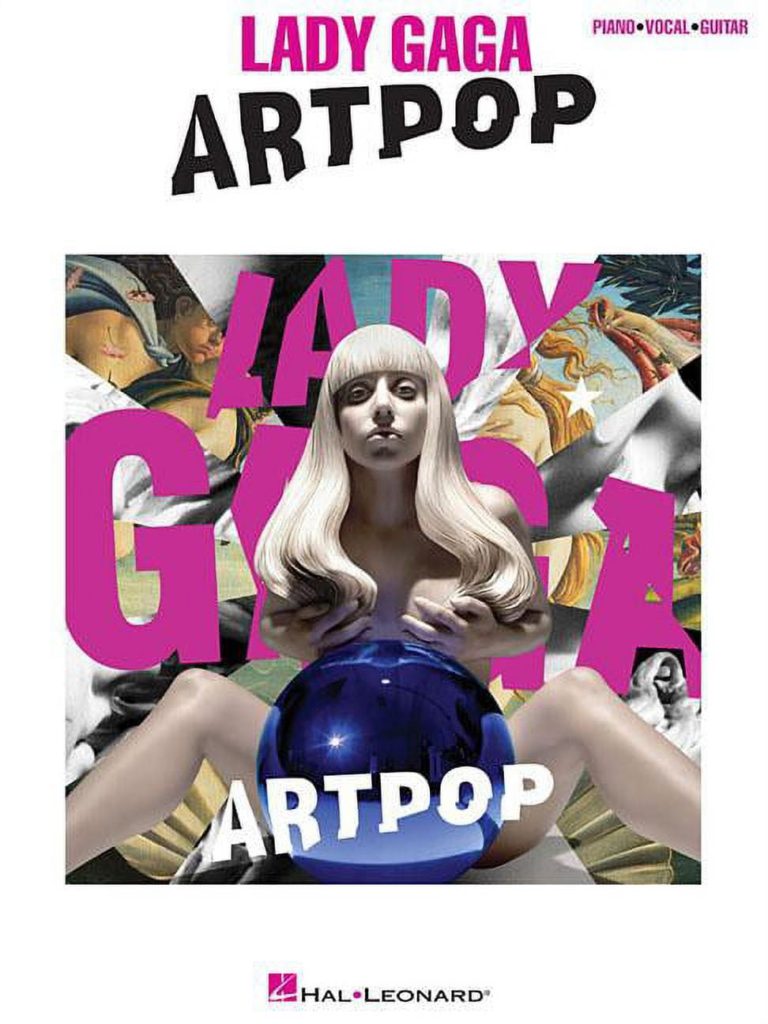
ARTPOP merged aggressive EDM with high-art concepts at a time when Gaga’s contemporaries were playing it safe. After the relatively conventional Born This Way, this album’s fusion of electronic production with theatrical elements created a blueprint for experimental pop that initially alienated fans expecting more straightforward hits.
Tracks like “Applause” showcased this new direction—a song that functions simultaneously as pop hit and art statement. While the album peaked at number seven and sold only 258,000 copies in its first week (compared to Born This Way’s 1.1 million), Entertainment Weekly’s retrospective noted ARTPOP’s “prescient fusion of electronic music and performance art” that influenced everything from Grimes to Arca. ARTPOP’s fusion of electronic production and performance art echoes themes discussed in our artist interviews about navigating music industry expectations.
5. Nighttime, My Time by Sky Ferreira (2013)
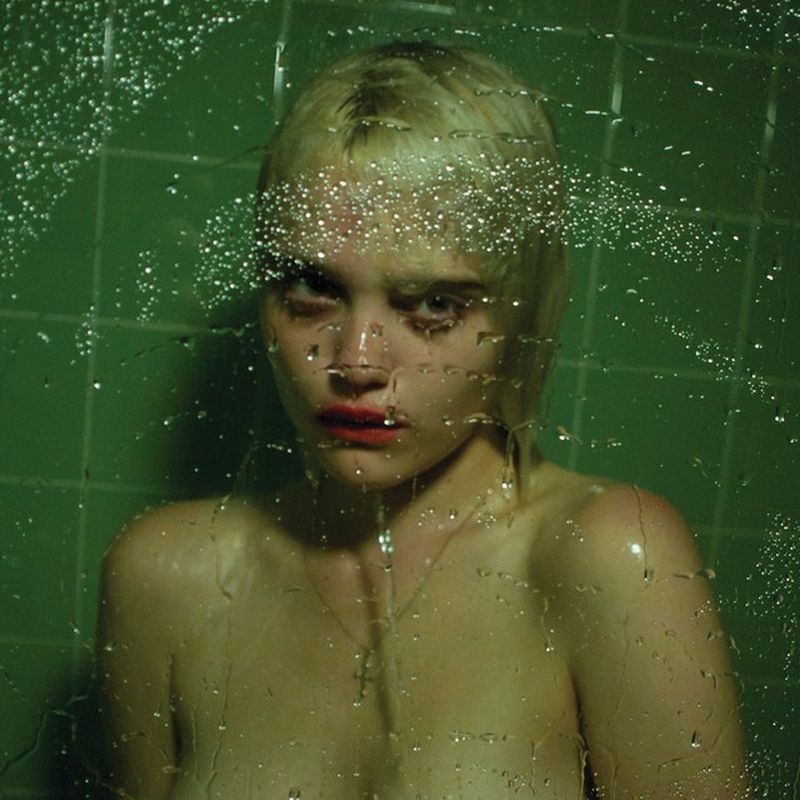
This 2013 release blended grungy textures with synth-heavy production at a time when indie pop was largely retreating into safer territory. Ferreira created a sound that bridged indie rock and pop sensibilities with a raw approach to production that gave it distinctive character.
The album merged influences from My Bloody Valentine to Madonna in ways that felt both familiar and disorienting—like finding your favorite comfort food prepared with ingredients you’ve never tasted. Despite receiving an 82 on Metacritic and making numerous year-end lists, the album peaked at only number 54 on Billboard. Consequence of Sound later called it “indie-pop’s great lost masterpiece,” noting its influence on artists like Clairo and Phoebe Bridgers.
4. House of Balloons by The Weeknd (2011)
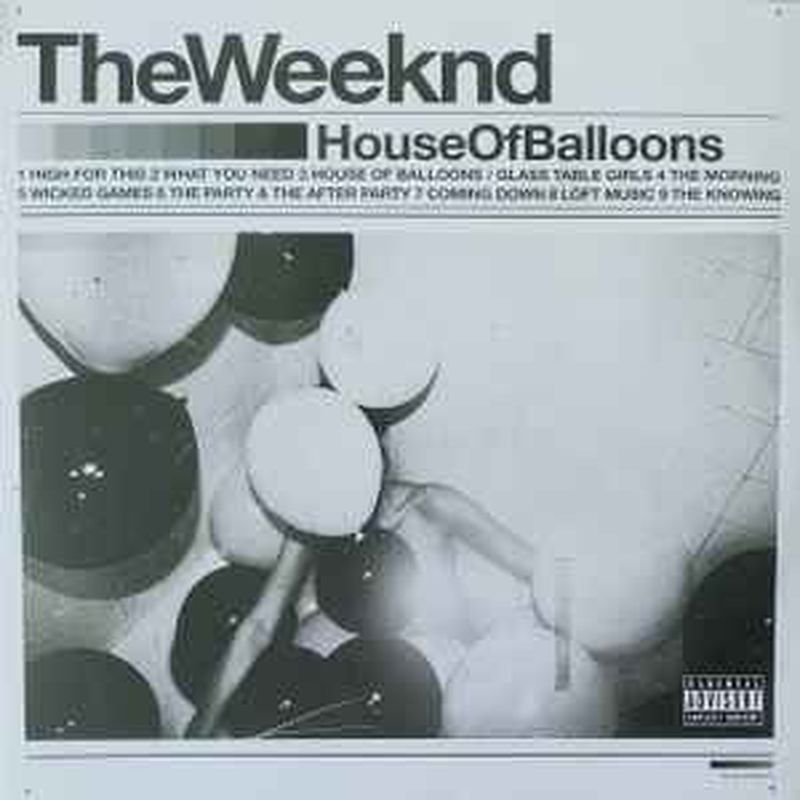
Before Abel Tesfaye became a Super Bowl halftime show headliner, he dropped this free mixtape that completely rewired R&B’s circuitry. House of Balloons created a new lane for emotionally raw, sonically adventurous R&B that explored themes of isolation through an innovative sonic palette.
“High For This” introduced listeners to Tesfaye’s unique blend of alternative sounds and hip-hop production—music that felt like stumbling through a nightclub at 4 AM with your consciousness dissolving. Complex magazine noted the mixtape garnered over 15 million downloads without any traditional promotion, proving artists could build massive followings outside the label system.
3. Hounds of Love by Kate Bush (1985)
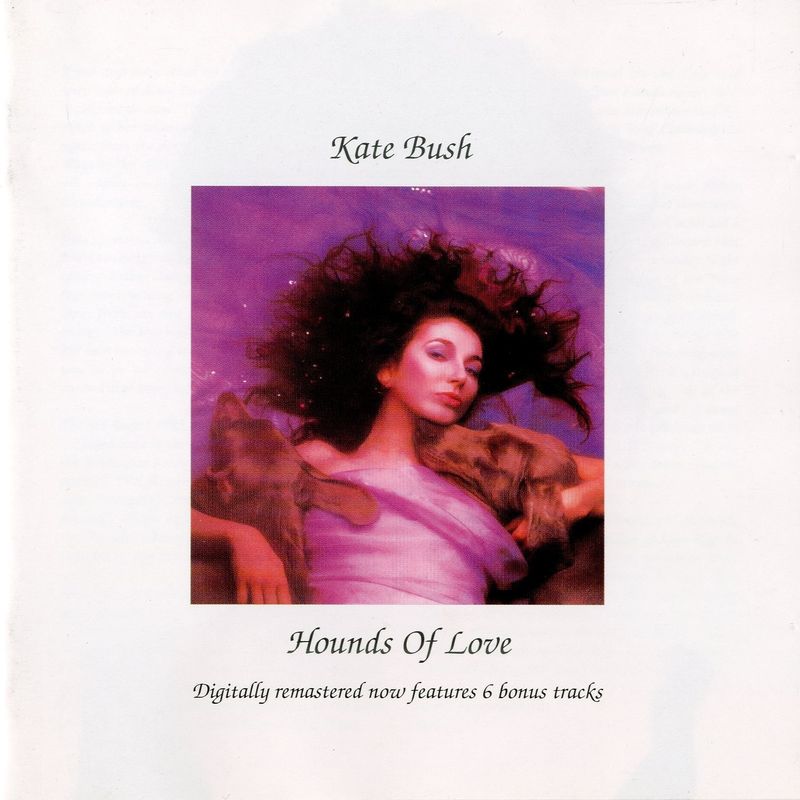
Nearly four decades after its release, this masterpiece continues inspiring artists across genres. Bush created an ambitious concept album with innovative sampling techniques that broke new ground in popular music through its layered vocals and storytelling approach. The album’s two-sided structure—accessible pop hits followed by the experimental “Ninth Wave” suite—expanded what an album could be.
“Running Up That Hill” finding new life in 2022 through Stranger Things proved its timelessness, reaching number three on Billboard Hot 100—37 years after its original release. NME’s retrospective called it “the most influential album of the ’80s,” with Bush’s influence appearing in everything from Florence + The Machine’s theatrical pop to Perfume Genius’s emotional experimentation. Bush’s ambitious use of layered vocals and vintage synth sounds helped redefine the possibilities of pop music production. Hounds of Love influence extends far beyond its initial release, inspiring generations of artists to experiment with sampling, storytelling, and self-production.
2. Ray of Light by Madonna (1998)
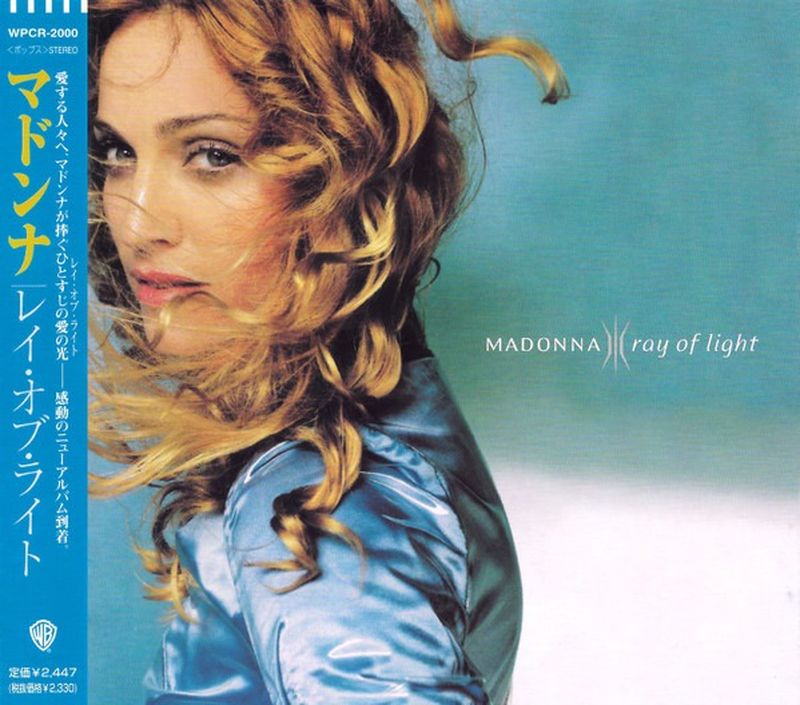
Madonna’s electronica revelation hit the late ’90s like a digital lightning strike. While pop radio was drowning in manufactured boy bands and Celine Dion power ballads, Madonna dropped a William Orbit-produced meditation that felt beamed in from another dimension entirely.
“Frozen” and the title track weren’t just hits—they were manifestos for a new kind of pop sophistication. The album debuted at number two on Billboard but earned four Grammy Awards, including Best Pop Album. Rolling Stone later called it “the album that predicted electronic music’s takeover of pop,” creating textures that wouldn’t sound out of place in a Berlin techno club.
1. Yeezus by Kanye West (2013)
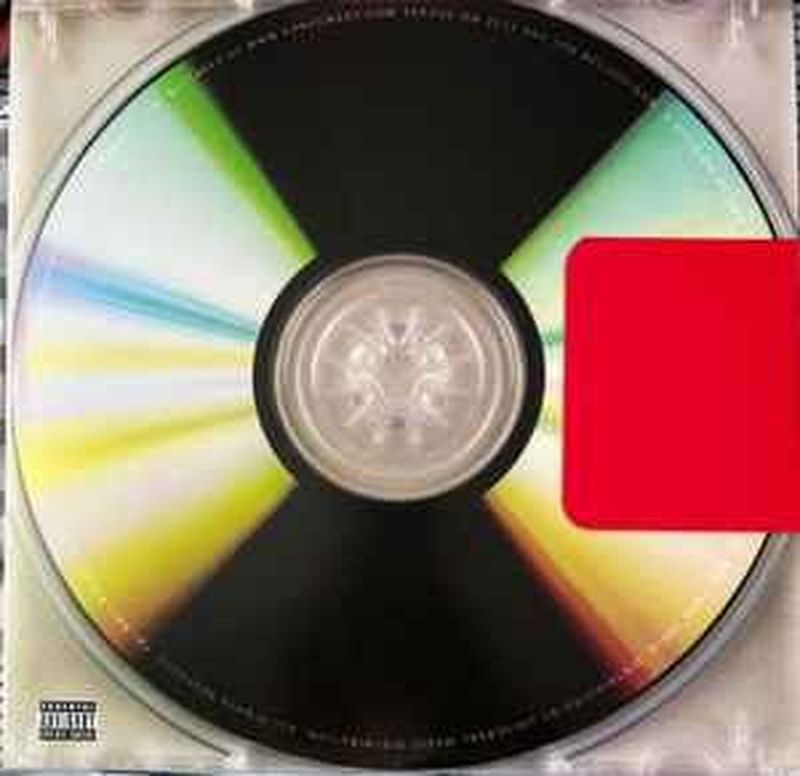
Yeezus landed like a sledgehammer through hip-hop’s plate glass window. After the maximalist orchestration of My Beautiful Dark Twisted Fantasy, West pivoted toward something deliberately abrasive—industrial sounds fused with experimental electronics stripped to their skeletal essence. The album operates like a controlled demolition of hip-hop conventions.
“Black Skinhead” and “New Slaves” weren’t designed for radio domination but for visceral impact. Despite sounding like nothing in the mainstream, Yeezus debuted at number one but had the lowest first-week sales of any Kanye album at that point—240,000 copies compared to MBDTF’s 496,000. Pitchfork later called it “the sound of rap’s future,” and time proved them right. Yeezus industrial hip-hop approach shattered genre conventions, with its stripped-down, confrontational sound now recognized as a blueprint for experimental rap.






